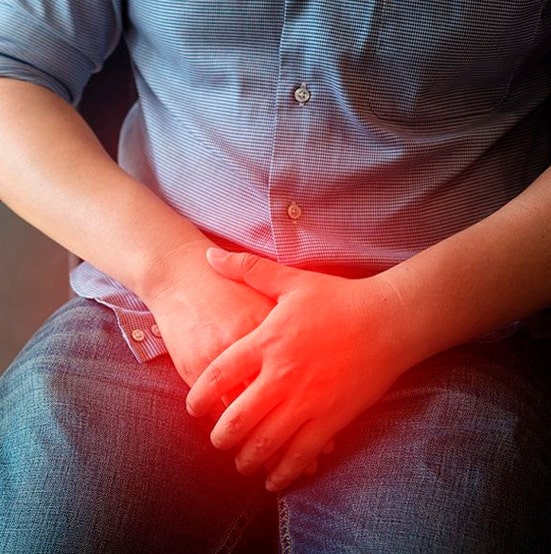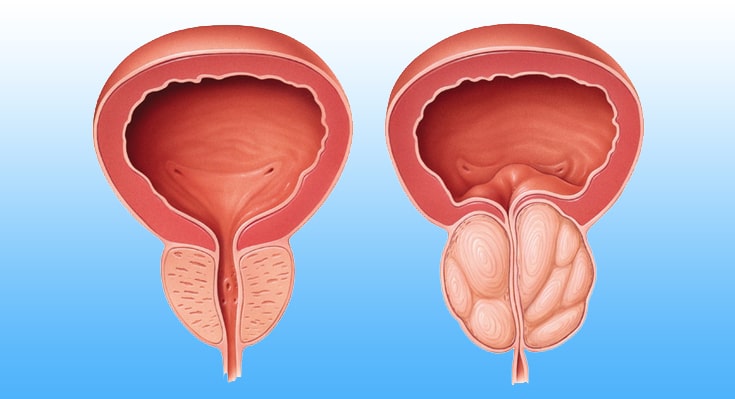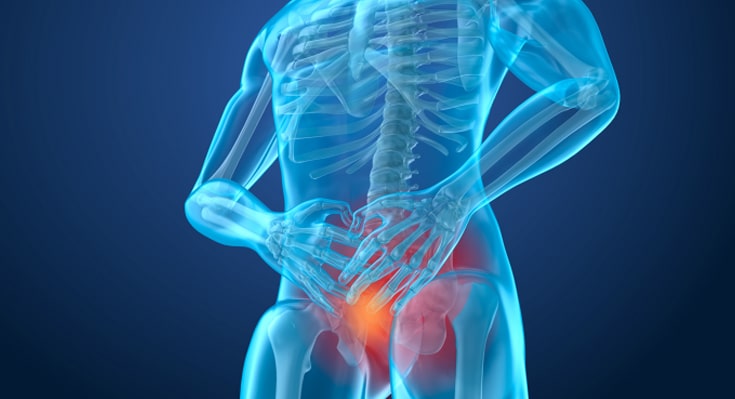Emergency Cases
Salamanca Guanajuato
464 116 2012
San Miguel de Allende
415 111 6819
Please contact in case of emergency or to request a consultation.
Also known as benign prostatic hyperplasia (BPH), this condition, as its name implies, consists of an enlarged prostate and is very common among men over 45 years of age. The common among men over 45 years of age.
The level of prostate enlargement varies from man to man as the age, and many constrict the urethra and cause difficulty urinating. If left untreated, an enlarged prostate can lead to urinary tract infections, bladder damage, kidney damage or incontinence.
This condition is not cancer and does not increase the risk of prostate cancer. Test such as a urine flow study, digital rectal exam, prostate-specific antigen (PSA) blood test, cystoscopy, ultrasound or MRI are often used to confirm the diagnosis.

Treatment of enlarged prostate will depend on the severity of the symptoms are mild, BPH does not required treatment.
But at the opposite extreme, some men require immediate intervention if they are unable to urinate or if there is kidney/ bladder damage.
When treatment is necessary, many men simply need daily medication, but if this doesn’t work to completely treat symptoms, or if there are signs of damage from BPH, the doctor might recommend minimally invasive endoscopic surgery (without cuts) in the abdomen.
Or in some cases, traditional surgery may be recommended.
Today the specific cause of HBP is still unknown, so there are theories that focus on hormones and related substance such as dihydrotestosterone (DHT), a derivative of testosterone in the prostate that can stimulate the growth of cells and also to certain factors that could generate this risk of suffering from it, such as:
Aging
An enlarged prostate gland rarely causes signs and symptoms in men younger than 40 years. About a third of men experience moderate to severe symptoms by age 60, and about half by age 80.
Family history
Having a blood relative, such as a father or brother with prostate problems means that you are more likely to have problems
Diabetes disease
Studies show that diabetes, as well as heart disease and the use of beta-blockers, may increase the risk of benign prostatic hyperplasia.
Obesity
Obesity increases the risk of benign prostatic hyperplasia, while exercise can reduce it.
In people when enlarged prostate, the severity of symptoms can vary widely, but they tend to gradually worsen over time. Some common signs and symptoms of benign prostatic hyperplasia include the following:




Please contact in case of emergency or to request a consultation.